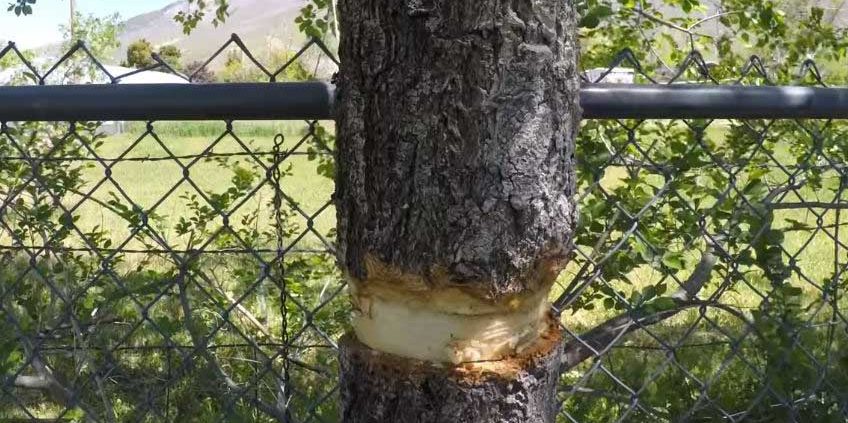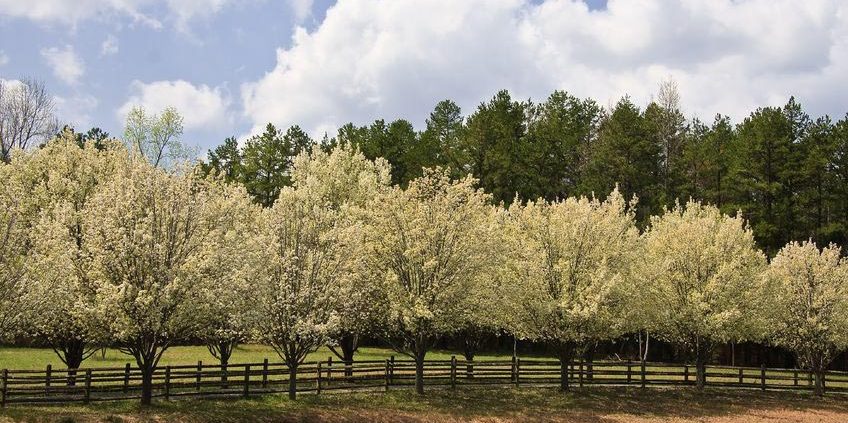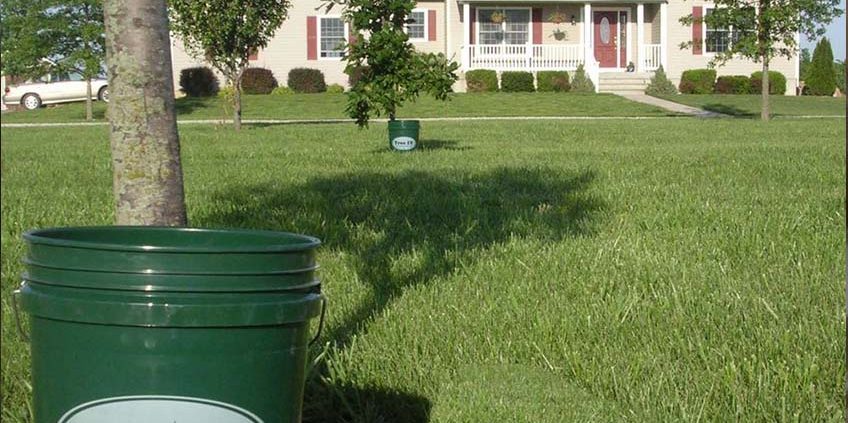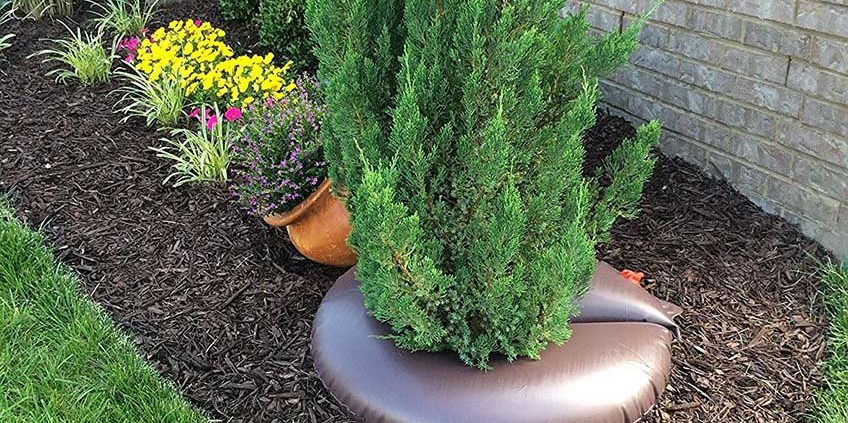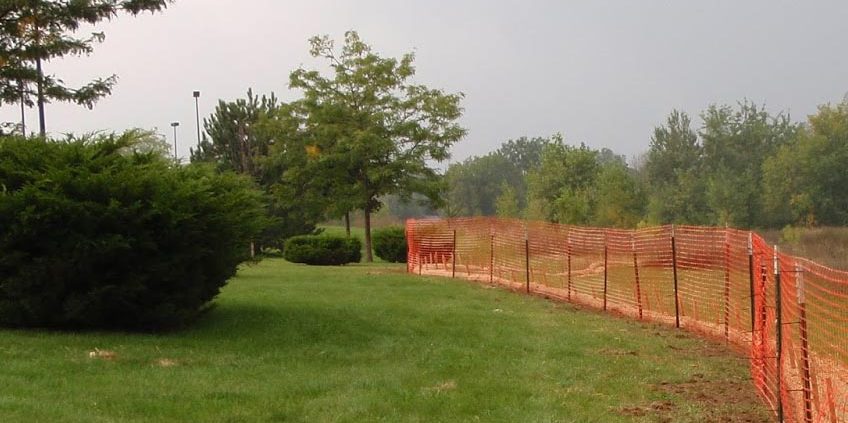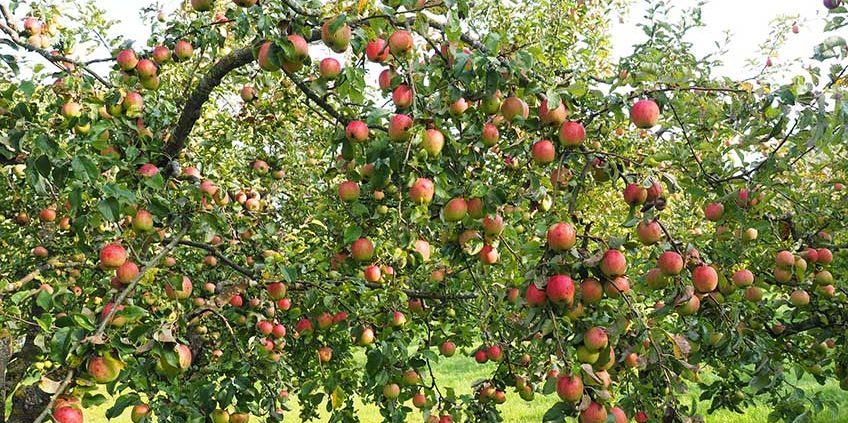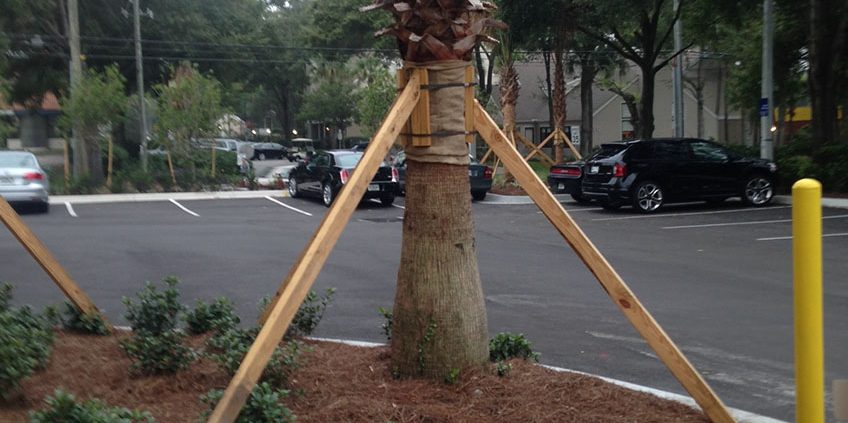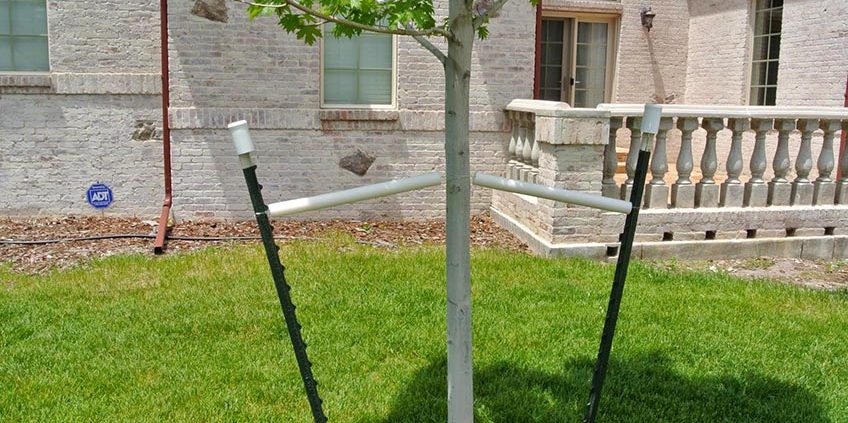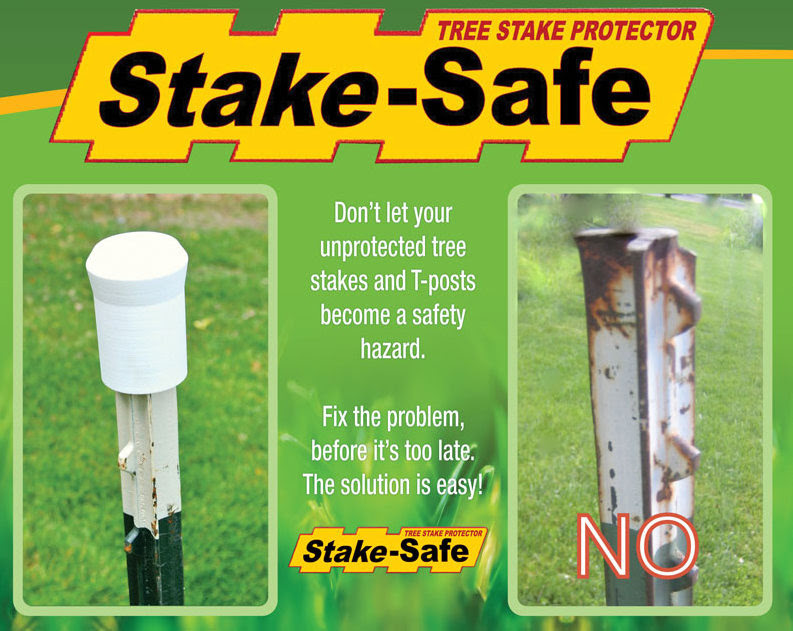https://stakesafe.com/wp-content/uploads/2017/12/Killing-Unwanted-Trees-Chemicals-2FL.jpg
565
848
EricT
http://www.stakesafe.com/wp-content/uploads/2017/03/Logo-560x156.png
EricT2017-12-31 15:37:082017-12-31 15:37:08Killing Unwanted Trees | 5 Easy Ways to Kill Nuisance Trees
https://stakesafe.com/wp-content/uploads/2017/12/Avoid-Planting-Fast-Growing-Trees-Bradford-Pear-FL.jpg
565
848
EricT
http://www.stakesafe.com/wp-content/uploads/2017/03/Logo-560x156.png
EricT2017-12-03 17:02:302017-12-03 17:02:30Avoid Planting Fast Growing Trees When Possible | Or Should You?
https://stakesafe.com/wp-content/uploads/2017/11/Watering-Small-Trees-FL.jpg
565
848
EricT
http://www.stakesafe.com/wp-content/uploads/2017/03/Logo-560x156.png
EricT2017-11-19 14:15:452017-11-19 14:15:45Watering Small Trees | Try the 5 Gallon Root Seeker Watering System
https://stakesafe.com/wp-content/uploads/2017/10/Tree-Watering-Ring-1FL.jpg
565
848
EricT
http://www.stakesafe.com/wp-content/uploads/2017/03/Logo-560x156.png
EricT2017-10-22 16:15:172017-10-22 16:15:17Tree Watering Ring | Slow Release Watering Bags for Newly Planted Trees
https://stakesafe.com/wp-content/uploads/2017/10/Protecting-Trees-2FL.jpg
565
848
EricT
http://www.stakesafe.com/wp-content/uploads/2017/03/Logo-560x156.png
EricT2017-10-07 15:29:112017-10-07 15:29:11Protecting Existing Trees from Construction Damage by Installing Orange Safety Barriers
https://stakesafe.com/wp-content/uploads/2017/08/Removing-Teee-Stakes-FL.jpg
565
848
EricT
http://www.stakesafe.com/wp-content/uploads/2017/03/Logo-560x156.png
EricT2017-08-27 11:36:402017-08-27 11:36:40Removing Tree Stakes | Determining When it is Safe to Remove Tree Stakes
https://stakesafe.com/wp-content/uploads/2017/08/Apple-Trees-FL.jpg
565
848
EricT
http://www.stakesafe.com/wp-content/uploads/2017/03/Logo-560x156.png
EricT2017-08-19 12:00:172017-08-19 12:00:17Best Trees for Attracting Deer | How to Plant a Deer Orchard
https://stakesafe.com/wp-content/uploads/2017/08/Palm-Tree-FL.jpg
565
848
EricT
http://www.stakesafe.com/wp-content/uploads/2017/03/Logo-560x156.png
EricT2017-08-12 12:07:112017-08-12 12:07:11Bracing Palm Trees | How to Properly Secure a Newly Planted Palm Tree
https://stakesafe.com/wp-content/uploads/2017/07/Evergreen-Trees-FL.jpg
565
848
EricT
http://www.stakesafe.com/wp-content/uploads/2017/03/Logo-560x156.png
EricT2017-07-23 11:51:472017-07-30 11:53:34Evergreen Trees | Hearty Trees that Stay Green Year Round
https://stakesafe.com/wp-content/uploads/2017/07/How-Many-Tree-Stakes-FL.jpg
565
848
EricT
http://www.stakesafe.com/wp-content/uploads/2017/03/Logo-560x156.png
EricT2017-07-05 05:53:342017-07-17 05:58:32How Many Tree Stakes Should I Use to Secure a Newly Planted Tree
Scroll to top

